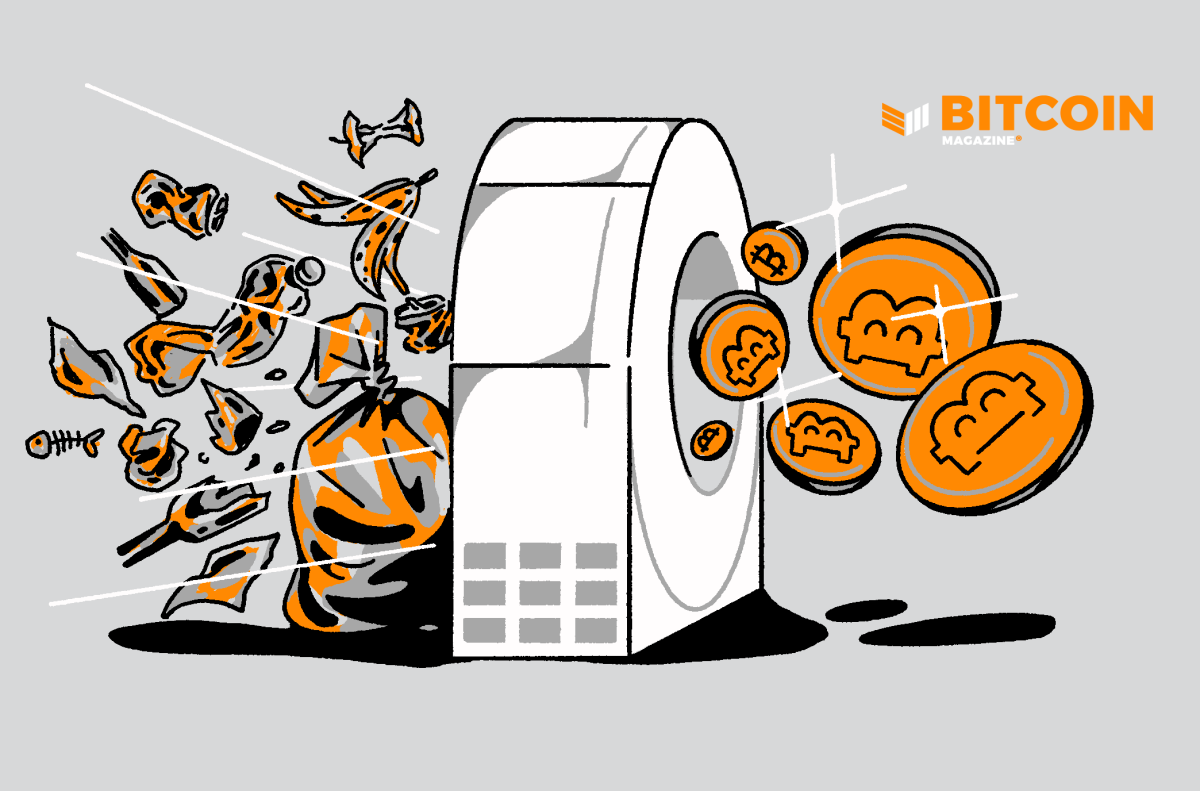Powering bitcoin mining machines with literal garbage is an emerging trend within the mining sector as a crop of new companies focus on harnessing this abundant and otherwise wasted energy resource. Contrary to the prevalent political narrative that bitcoin mining destroys the planet, the efforts of these landfill miners demonstrate that nothing could be further from the truth.
In fact, the net positive effects of these mining teams are enough to silence environmental critics forever. This article explores the early stages of companies building mining operations at landfills and looks at the potential opportunities that this resource — read: trash — presents for Bitcoin.
Credit: Source link






























